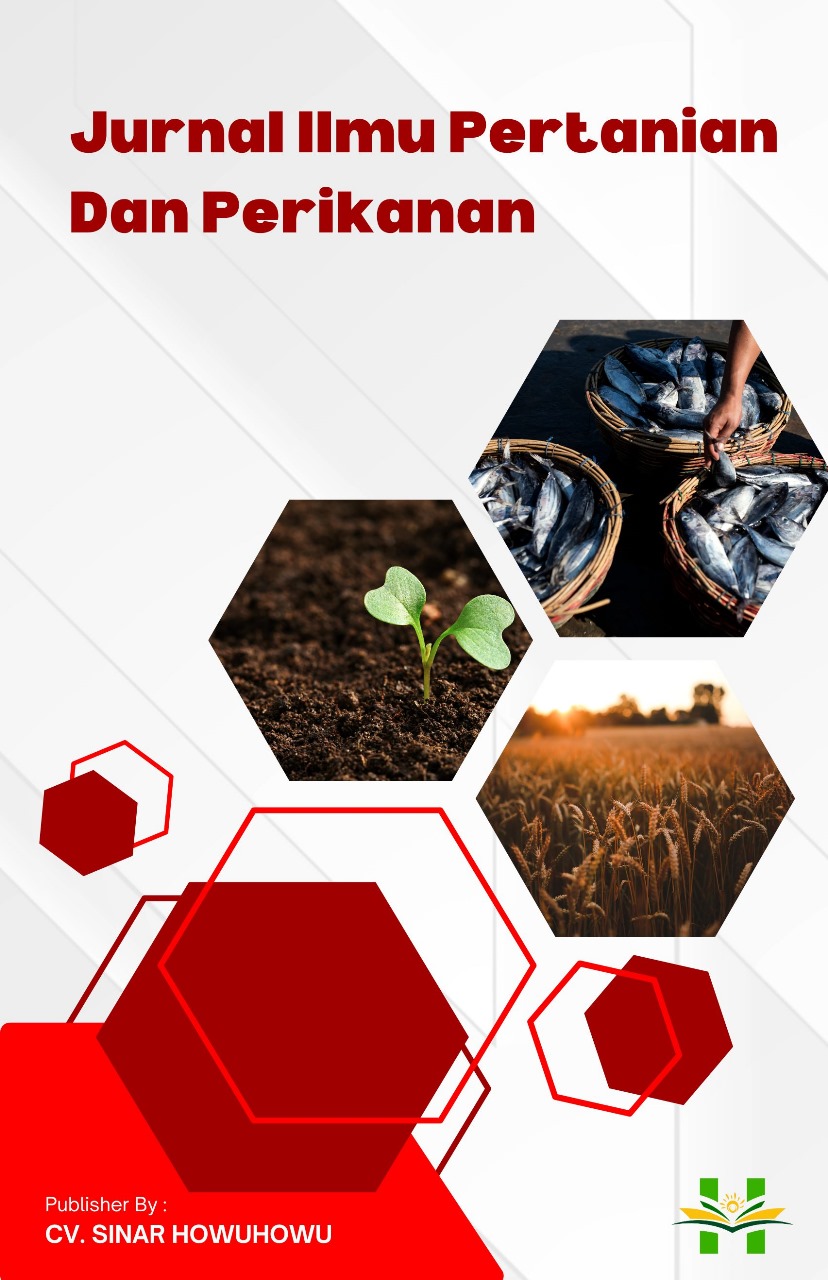Konduktivitas Hidraulik Tanah Sebagai Indikator Pengelolaan Irigasi Dilahan Kering
DOI:
https://doi.org/10.70134/penarik.v2i1.69Keywords:
Hydraulic Conductivity, Irrigation Management, Drylands, Irrigation Efficiency, Sustainable AgricultureAbstract
This study aims to explore the relationship between soil hydraulic conductivity and irrigation management in drylands. Soil hydraulic conductivity, which measures the ability of soil to conduct water, was measured at several locations with varying soil types. The results showed that sandy soils have a higher hydraulic conductivity (average 1.2 cm/hour) compared to clay soils (0.15 cm/hour). Additionally, a survey of 100 farmers revealed that more efficient irrigation practices were applied by those who understood their soil characteristics. Regression analysis indicated that 67% of the variation in irrigation management efficiency could be explained by soil hydraulic conductivity. These findings emphasize the importance of understanding hydraulic conductivity in improving irrigation management practices and agricultural productivity in drylands.
Downloads
Downloads
Published
Issue
Section
License
Copyright (c) 2024 Julvan Ndruru, Lola Sri Wahyuni Halawa, Dilva Dwi Wulan Halawa (Author)

This work is licensed under a Creative Commons Attribution-ShareAlike 4.0 International License.













